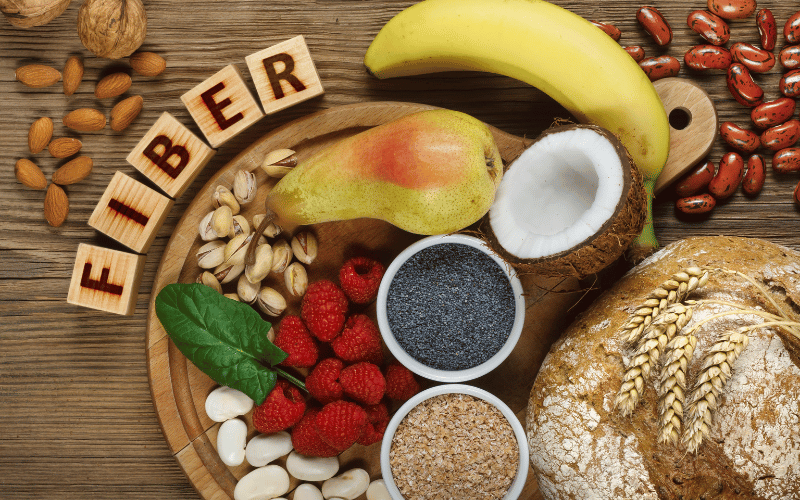3. The Ties That Bind: Exploring the Relationship Between Diet and Hemorrhoids

Diet plays a role in almost every aspect of our health, and hemorrhoids are no exception. The connection between what we eat and hemorrhoids might seem tenuous at first, but a closer look reveals a compelling narrative.
A fiber-rich diet can be a savior for those prone to hemorrhoids. Foods high in fiber, like whole grains, fruits, and vegetables, facilitate smoother bowel movements. The ease of passage ensures less strain on the rectal region, reducing the chances of hemorrhoid formation.
But it’s not just about what you add to your diet; it’s also about what you might need to reduce. Spicy foods, for instance, can exacerbate the symptoms for some individuals. While they might tantalize the taste buds, they can lead to increased discomfort in the anal region for those with sensitive hemorrhoids.
Another dietary component that wields influence is fluid intake. Drinking ample water softens stools, further making bowel movements more comfortable and reducing strain. On the contrary, beverages like excessive caffeine can disrupt this balance. While caffeine might help with alertness, it can sometimes lead to looser stools, potentially irritating existing hemorrhoids.
Alcohol, another popular beverage, has its set of implications. It can lead to dehydration, resulting in harder stools. This, in turn, can increase the strain during bowel movements, elevating the risk for hemorrhoids.
Diet, therefore, isn’t just a matter of personal preference or health in a general sense. For those grappling with hemorrhoids or looking to prevent them, dietary choices can have direct implications, highlighting the intricate bond between what we consume and our hemorrhoidal health. (3)